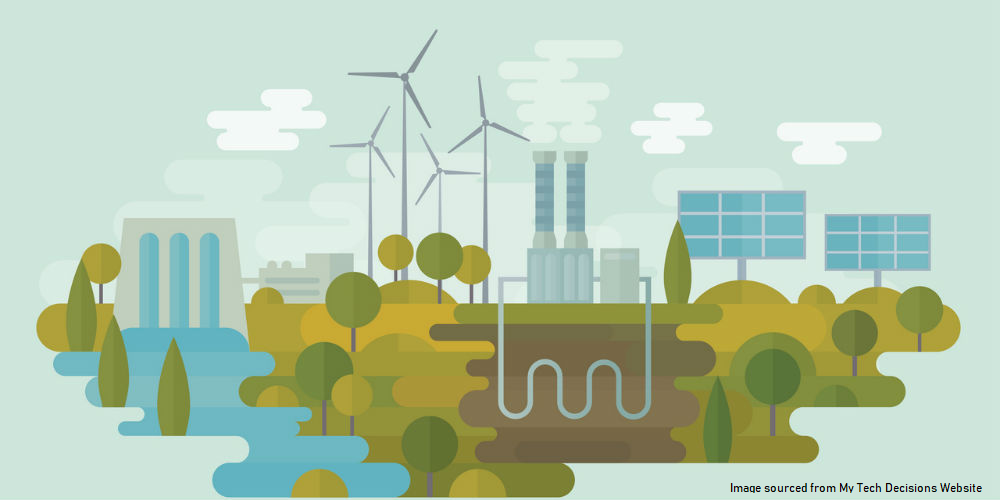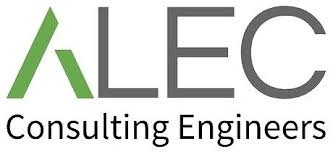
In the face of pressing environmental concerns, the construction industry is undergoing a paradigm shift towards sustainable building practices. With the advent of cutting-edge technologies, architects, engineers, and construction professionals are now equipped with powerful tools to promote eco-friendly construction methods. These technologies not only enhance efficiency but also mitigate the environmental impact of building projects. Let’s delve into how technology can be harnessed to advance sustainable building methods.
Building Information Modeling (BIM):
BIM revolutionizes the way buildings are designed, constructed, and managed. By creating digital representations of physical and functional characteristics, BIM facilitates collaboration among stakeholders and enables the simulation of sustainable building strategies. Architects can optimize designs for energy efficiency, material use, and waste reduction, leading to environmentally responsible structures.
Advanced Materials:
Technological advancements have led to the development of innovative sustainable building materials. From recycled steel and reclaimed wood to bamboo and hempcrete, these materials offer viable alternatives to traditional ones with lower environmental footprints. Moreover, nanotechnology enables the enhancement of material properties, making them more durable, energy-efficient, and eco-friendly.
Renewable Energy Integration:
Integrating renewable energy sources such as solar panels, wind turbines, and geothermal systems into building designs is now easier with the aid of technology. Sophisticated software tools allow architects to analyze a building’s energy consumption and optimize its orientation, shape, and facade to maximize natural light and harness renewable energy. Smart grids and energy management systems further enhance energy efficiency and reduce reliance on fossil fuels.
IoT and Smart Building Systems:
The Internet of Things (IoT) has paved the way for smart building systems that optimize resource utilization and enhance occupant comfort. Sensors embedded in buildings monitor various parameters like temperature, humidity, and occupancy, allowing for real-time adjustments to heating, cooling, and lighting systems. By analyzing data collected from these sensors, building managers can identify inefficiencies and implement strategies to reduce energy consumption and waste.
Prefab and Modular Construction:
Prefabrication and modular construction techniques leverage technology to streamline the building process while minimizing waste and environmental impact. Computer-aided design (CAD) software enables precise customization and optimization of prefabricated components, reducing material waste and onsite labor requirements. Additionally, off-site construction minimizes disruption to the surrounding environment and allows for more efficient use of resources.
Green Building Certification Systems:
Technology plays a crucial role in achieving and maintaining green building certifications such as LEED (Leadership in Energy and Environmental Design) and BREEAM (Building Research Establishment Environmental Assessment Method). Software platforms provide comprehensive tools for project teams to track sustainability metrics, comply with certification requirements, and optimize performance over the building’s lifecycle.
Virtual Reality (VR) and Augmented Reality (AR):
VR and AR technologies offer immersive experiences that revolutionize the design and construction process. Architects and clients can visualize sustainable design concepts in virtual environments, enabling better-informed decision-making and fostering greater stakeholder engagement. AR applications allow construction workers to overlay digital information onto physical spaces, facilitating accurate and efficient installation of sustainable building systems.
In conclusion, technology is a powerful enabler of sustainable building methods, offering innovative solutions to mitigate environmental impact and promote greener practices across the construction industry. By harnessing these technologies effectively, we can create buildings that not only meet the needs of the present but also safeguard the planet for future generations. As we continue to push the boundaries of technological innovation, the journey towards sustainable construction becomes increasingly achievable and impactful.
Testimonials
Thank you for all your efforts on our projects; they have been an invaluable contribution to their success. We look forward to working with you on future projects.
Ian Ferguson MPM Group
Jess and Karl at Draftech were amazing. The communication from the start was prompt, and the entire process was extremely easy. We needed their knowledge on Air Schematics, and they had made one up for our buildings that we service. Thanks so much, and we will be using you guys in the future. Cheers, Air Control Australia.
Greg Colebrook AirControl Australia
With Draftech’s thorough understanding of building services modelling and close attention to detail, Forth has been afforded the opportunity to outsource some of our BIM projects with absolute confidence in the accuracy of the final product.
Gary Murdoch Forth Consulting
Very professional and efficient organization. Delivered a great product to a tight deadline.
ACE Power
Karl and the team are very professional and have a vast knowledge of BIM coordination.
Dwayne Willaims Babinda Electrics
We had multiple large projects with tight deadlines and needed a company we could trust. The teams delivery, attention to detail and understanding of what is being designed is always executed to a high standard.
Martin O’Donovan Envar Engineers
Draftech offered a flexible and reliable approach to working collaboratively with our team. They met our expectations and quality requirements and also offered up new ideas.
Draftech have proven to be a valuable and trustworthy resource and we will continue to work with Draftech on other projects.
Simon Marsden Umow Lai
Draftech is different from others in the professionalism and features they provide.
The ability to walk through projects in real time online provides invaluable insight into problem areas and helps provide an efficient resolution on the spot without many phone calls, emails and the necessity for us to paw through countless drawings to understand the issues.
Todd Morris Manager - Air mech
Draftech were put forward to FIP Electrical as the solution to Coordinate, Model, carry out clash detection, provide Electrical Services Shop Drawings, as built documentation and completed electrical model.
Simon Thorpe FIP Electrical
In close collaboration Draftech set up all our systems and model deliverables. In this process Draftech have proven to be a valuable resource for us and demonstrated commitment, understanding and professionalism.
David Skelley DJCoalition
Draftech’s attention to detail and proactive nature throughout the project assisted us in identifying issues before becoming evident on site, saving us both time and unexpected costs.
Matt Payne PJM Engineering Services
They delivered very high quality Revit models and associated 2D documentation at key milestones, working to a tight budget and in strict accordance with the Architects’ BIM requirements.
Peter Thomas Geoff Hesford
We found Draftech’s work to be of high standard and the team delivered exactly as agreed, in fact, when we considered the project complete, Draftech put further resources into the project as they were not satisfied.
John Johnson Beca
Engaging Draftech during design gave us the tools to make smart decisions.
Hansen Yuncken Design Manager - Michael Harkins
The drafting service is timely, reliable and fit for purpose for the built environment.
Peter Harvey Harvey Industries
Draftech stands apart from other drafting services that we have previously used in their attention to detail and ability to adapt to the individual client’s requirements.
Doug Holt McCaig Aircon
I can confidently recommend Draftech as a solid and reliable supplier, and experts in their field. I look forward to working with them again in the near future.
Chris Behan Norman Disney & Young
After seeing the benefits Draftech provided us on the Townsville Hospital Redevelopment we have set up a relationship with Draftech and intend to continue to use their BIM knowledge and skills for our future projects.
Brad Lund Energy Power Systems
Draftech has no competition as they are in a class of their own.
John Boyes Babinda Electrics
Draftech Developments Drafting and Design Capabilities, in conjunction with their outstanding level of Client service and support has provided great solutions to our engineering and Drafting Design portions within our Gorgon Barrow Island Project.
Aaron Hazelton Applied Electro Systems Pty Ltd
Draftech set up necessary systems and workflows very quickly, but also setup auditable estimating and weekly cost tracking processes that we utilised, requiring little maintenance.
TOM PURDON MPM GROUP
































